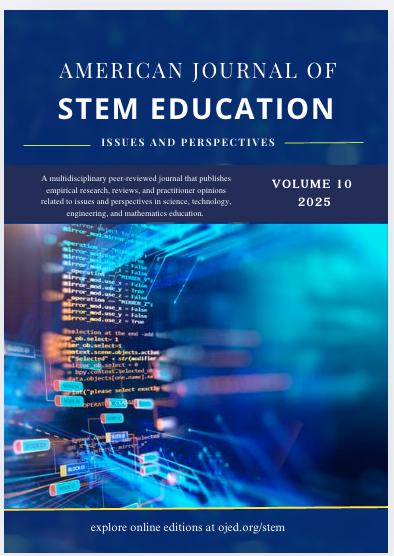Differences in discipline consequences for infractions by student economic status
A multiyear investigation
DOI:
https://doi.org/10.32674/4y6dsg08Keywords:
Economic Status;, Discipline Consequences;, Inequities;Abstract
In this multiyear investigation, the most frequently committed student misbehaviors were determined and then the most common disciplinary consequences that were assigned as a result were identified. These misbehaviors and consequences were calculated separately for middle school students who were economically disadvantaged and students who were not economically disadvantaged. Middle school students who were economically disadvantaged committed consistently similar misbehaviors to middle school students who were not economically disadvantaged in all four years that were analyzed. Differences were evident in the type of disciplinary consequences that were assigned to middle school students who were economically disadvantaged and to middle school students who were not economically disadvantaged. Middle school students who were economically disadvantaged were often assigned at least twice the number of exclusionary consequences as middle school students who were not economically disadvantaged. Middle school students who were not economically disadvantaged were more likely to be assigned consequences that were less likely to affect direct classroom instruction, such as Lunch Detention, Detention Before School and Administrative Conference.

 Call for Special Issue Proposals
Call for Special Issue Proposals 


